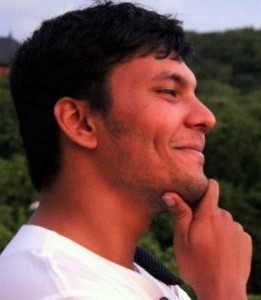Research
Interests
- Statistical Learning Theory
- Reinforcement Learning
- Multi-armed Bandits
- Differential Privacy
- Fairness and Algorithmic Bias
- Online Learning and Optimization
- Control Theory
- Algorithmic Audits
- Applications of Robust, Privat, and Fair AI
Present Research Projects
Busy completing them. Shall update this page in finite-time...
Past Research Projects
An information geometric approach to exploration-exploitation in reinforcement learning problems
Advisor: Professor Stéphane Bressan and Professor Pierre Senellart
Understanding differential privacy for machine learning problems
Advisor: Professor Stéphane Bressan and Collaborator: Ashish Dandekar
Learning to optimize and adapt the speed of a ship under uncertain weather
Advisor: Professor Stéphane Bressan and Collaborator: Giulia Pedirelli
Learn as-you-go with Megh: Efficient live migrations of virtual machines in Clouds
Advisor: Professor Stéphane Bressan and Professor Haibo Chen
We propose a reinforcement learning algorithm, Megh, for live migration of virtual machines that simultaneously reduces the cost of energy consumption and enhances the performance. Megh learns the uncertain dynamics of workloads as-it-goes. Megh uses a dimensionality reduction scheme to project the combinatorially explosive state-action space to a polynomial dimensional space. These schemes enable Megh to be scalable and to work in real-time. We experimentally validate that Megh is more cost-effective and time-efficient than the MadVM and MMT algorithms.
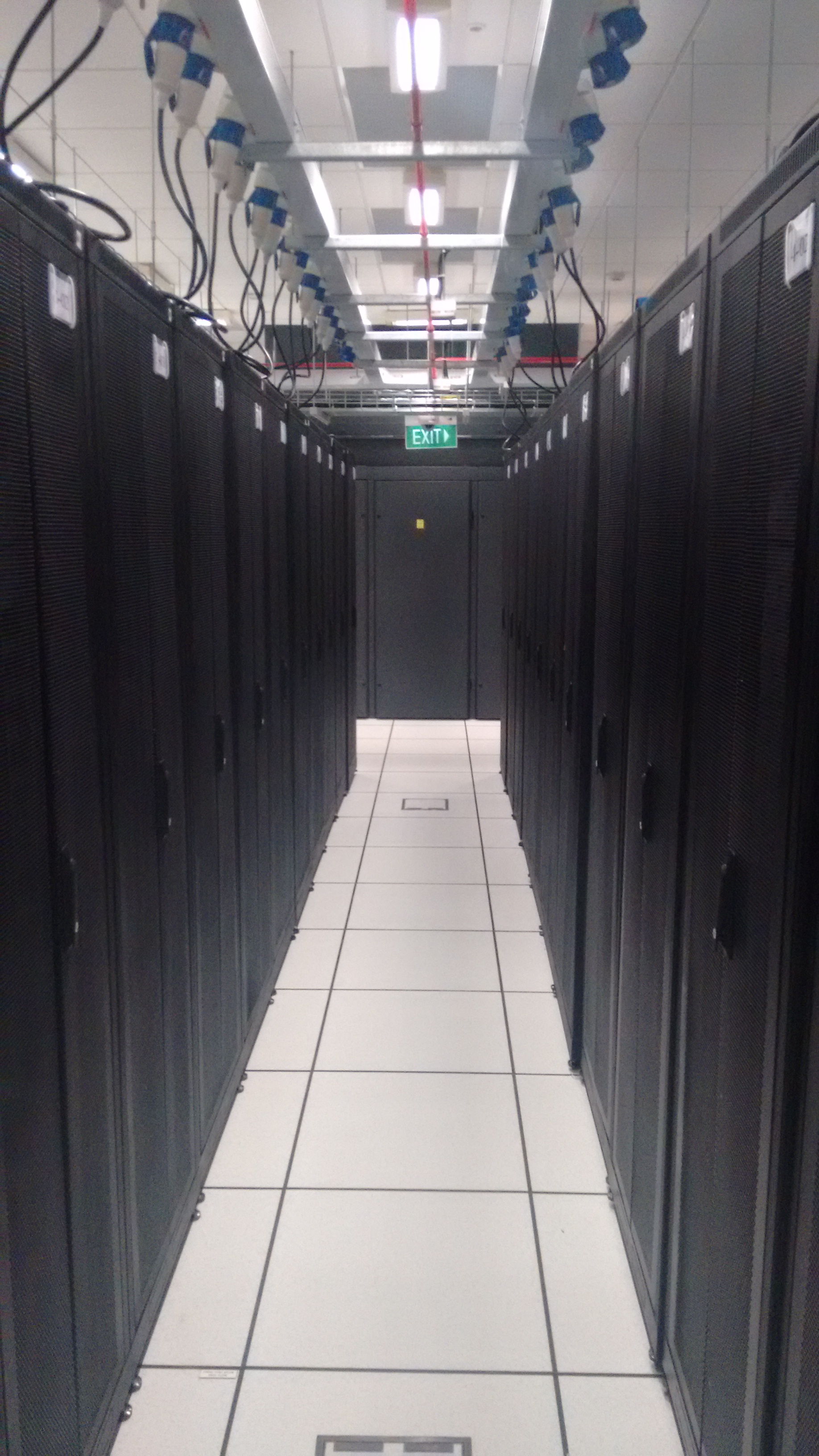
Designing cost-model oblivious adaptive database tuning systems
Advisor: Professor Stéphane Bressan and Professor Pierre Senellart
In SIGMOD-2014 blog entry, Guy Lohman asked “Is query optimization a ‘solved’ problem?”. He argued that current query optimizers and their cost models can be critically wrong and can induce significant error in query optimization and database tuning. This motivated us to develop a learning approach to performance tuning of database applications. The objective is to validate the opportunity to devise a tuning strategy that does not need prior knowledge of a cost model. Instead, the cost model is learned through reinforcement learning. We amlgamated techniques of Markov decision process, dimensionality reduction and online learning to develop two methods COREIL and rCOREIL. Theoretical performance analysis and experimental evaluation instantiates their competitive with state-of-the-art adaptive index tuning algorithm, which is dependent on a cost model. Specifically, rCOREIL shows a promise towards emergence of such efficient cost-model oblivious databse tuning systems for modern uncertain and big databases.
Non-rigid image registration using embedded distance based graph cut algorithm
Advisor: Professor Ananda Shankar Chowdhury
Problem of non-rigid registration has become very important in the area of biomedical imaging. In this work, we aimed to improve the graph cuts-based solution to non-rigid registration with a novel data term. This novel data term can efficiently handle the dissimilarities in the intensity patterns between the floating and the reference images which may also arise due to some changes in illumination in addition to motion. We have explored how non-rigid geometry specifically Gromov-Hausdroff distance and Laplace-Beltrami operator can be used in the energy function of the graph cut to further improve the registration accuracy and computational time.

Robot arm control and movement classification using EEG signal
Advisor: Professor Amit Konar
Electroencephalogram (EEG) signals are used to detect the mental states and operation of human brain. Because of EEG signal’s non-stationary and Ergodic nature detection the mental states using this signal is an open area of research. But perfect processing of this signal may help in robotic assistance of physically disabled persons and in building up neuro-motor rehabilitative aids. Our aim was to develop unique methods for filtering, feature extraction and classification of mental states using this and finally to implement that on an embedded system and to control robot arm.
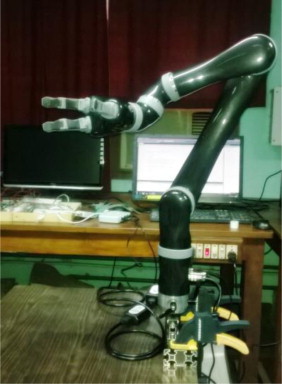
Design of quantum true random number generator
Advisor: Professor Subhamoy Maitra
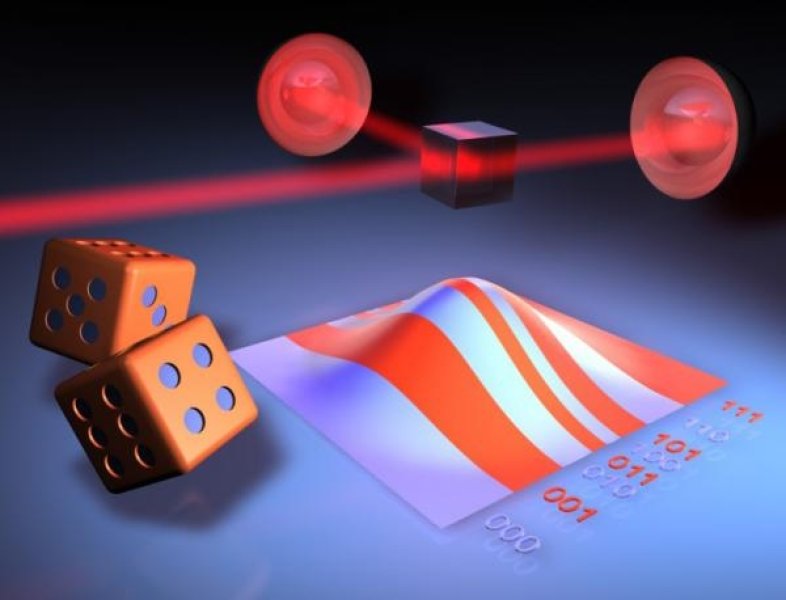
Fuzzy Job Shop Scheduling and Manpower Scheduling Algorithms
Advisor: Professor Ponnuthurai Nagaratnam Suganthan
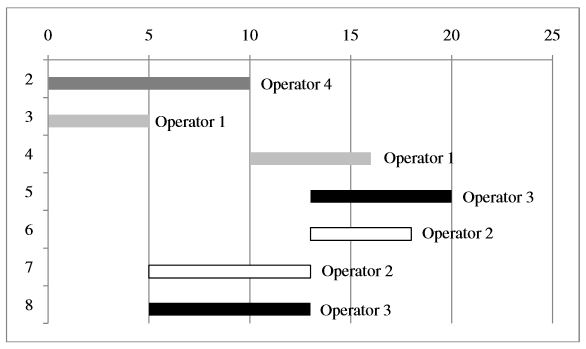
Combinatorial optimization using evolutionary computation
Advisor: Professor Swagatam Das

Design of advanced control and automation system for industrial plants
Control and Process Automation group, ABB

